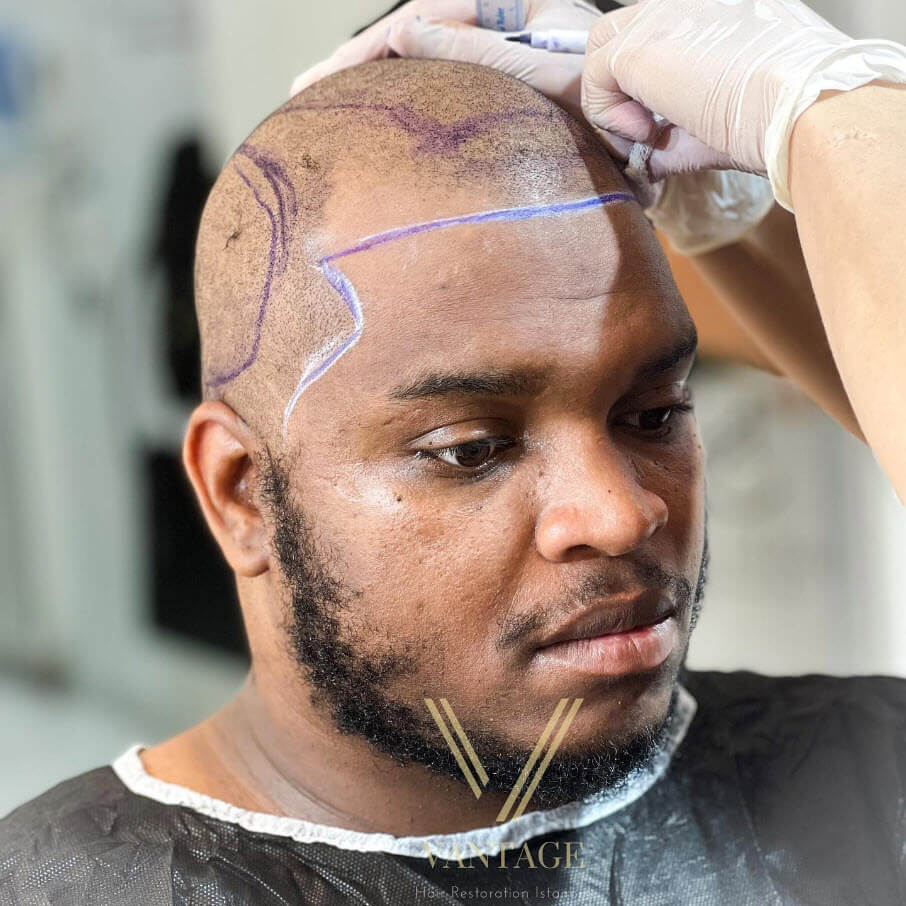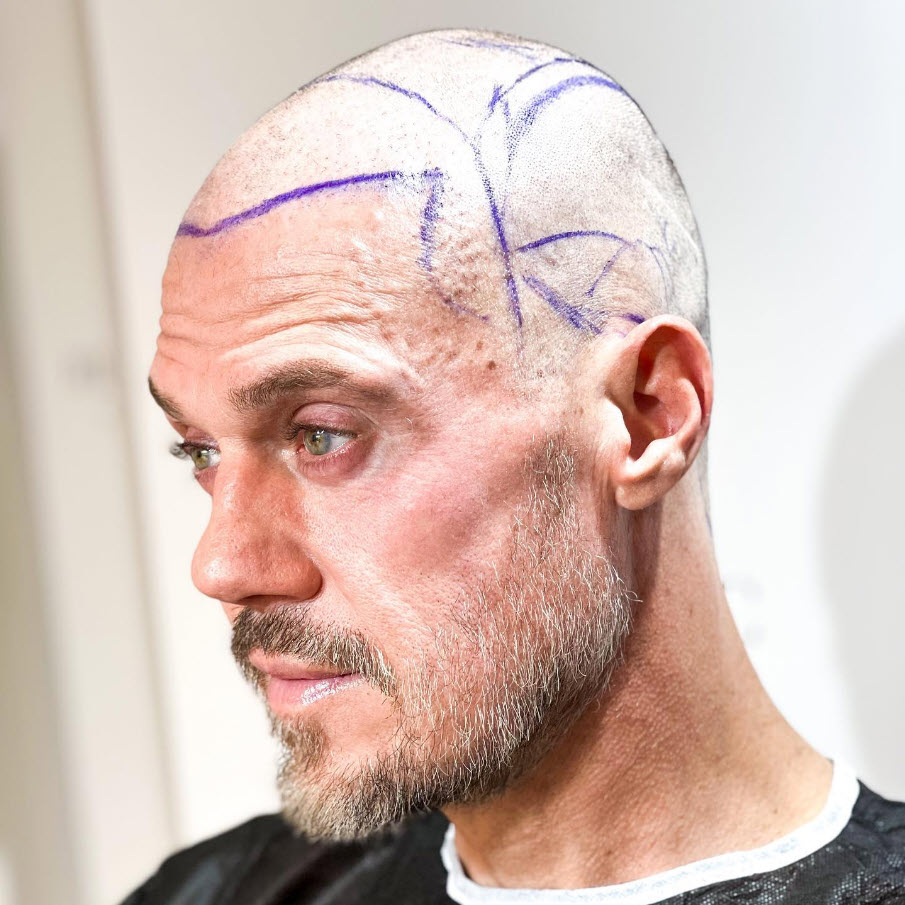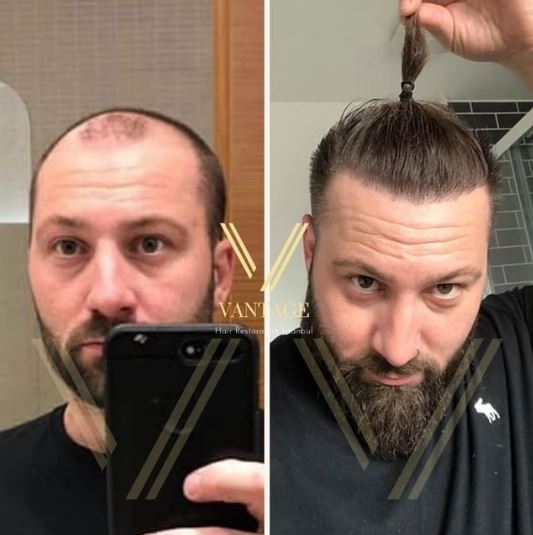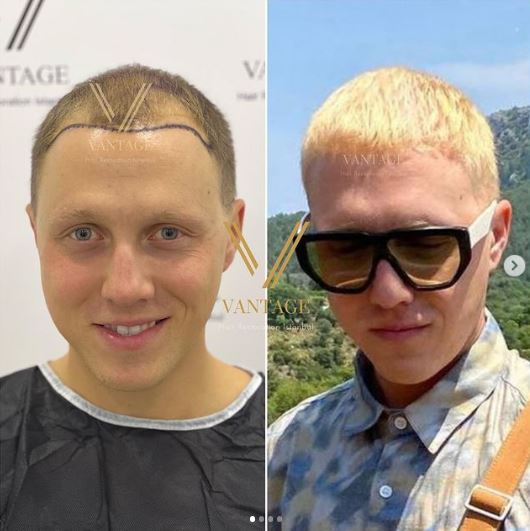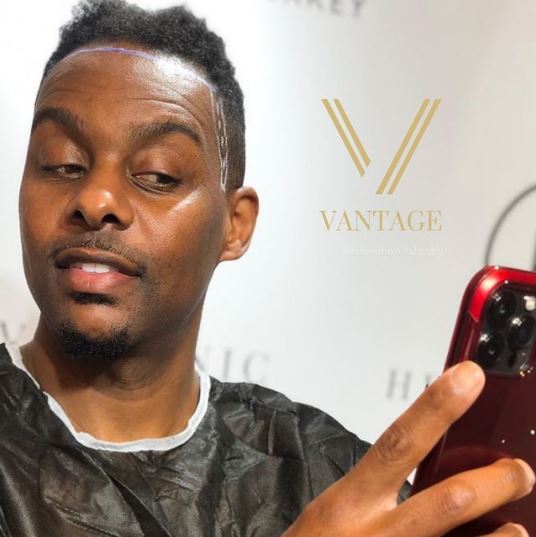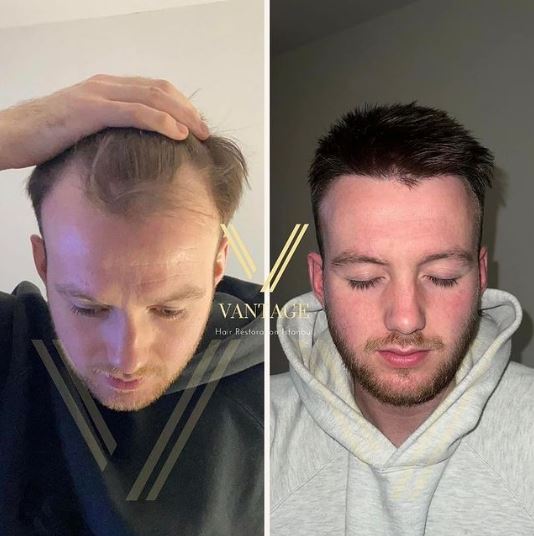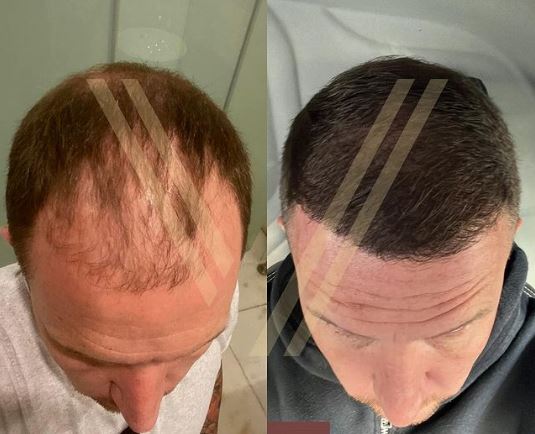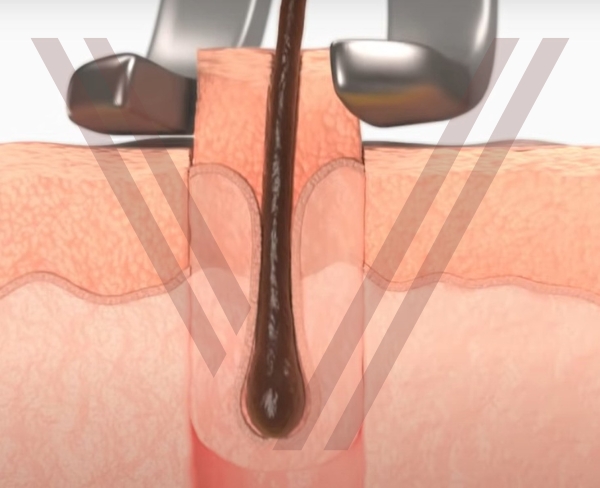
Hair loss can be a daunting experience for everyone, as it affects one’s self-esteem and confidence. While a hair transplant is the only solution for this issue, understanding hair transplant terminology can be challenging. To understand the components of a hair transplant, let’s start by exploring what a hair graft is.
A hair graft is a follicular unit containing hair follicles. It is the most crucial element of a hair transplant. The structure, texture, and thickness of a hair graft play an essential role in determining the success rate of the hair transplant. Therefore, let’s take a closer look at hair grafts.
How many hairs in 1 graft?
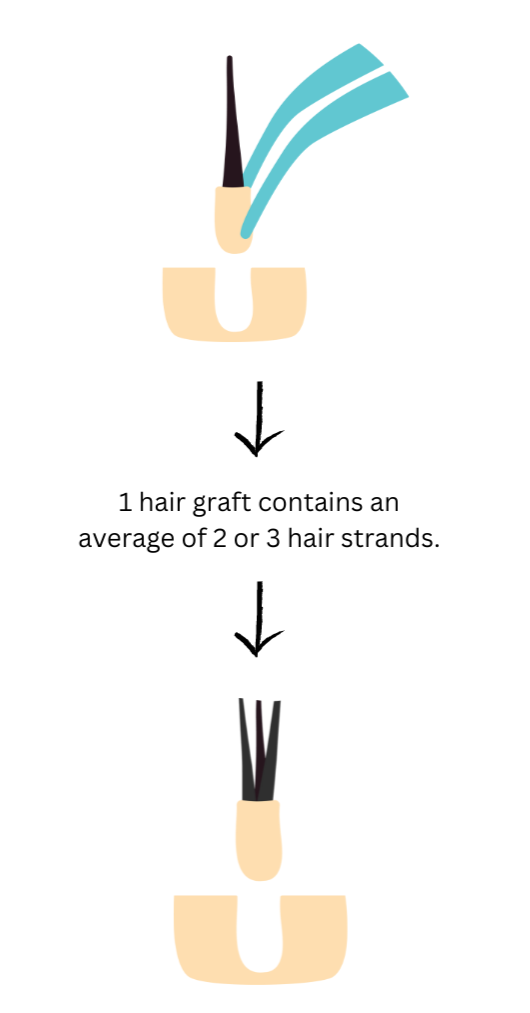
A hair graft, the smallest unit of hair transplant, contains 1-4 hair follicles. The number of hair follicles in a single graft determines the hair density. Additionally, the diameter of scalp hair ranges from 70 to 100 micrometers, which contributes to the thickness of hair. Moreover, the texture of hair follicles, whether straight, wavy, or curly, can also impact the overall structure of hair, particularly for individuals with Afro-textured hair.
What does a hair graft look like?
A hair graft is a tissue that contains hair follicles. It resembles a plant, with its roots being the hair bulb and the hair shafts acting as stems that grow through the roots to the strands. The hair strands can be compared to the flower fruit parts of the plant. Hair follicles, like plants, grow from their roots, and once they complete their growth, they begin growing again. Similar to plants, hair follicles can also be transplanted to another location with their roots intact and continue growing at that new location.
Does hair grafting work?
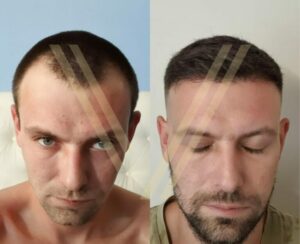
Hair grafting, which is also known as hair transplant, is a procedure that is used to achieve an even density of hair on the scalp. Hair grafting is a versatile treatment that can be used to address issues like receding hairline, thinning crowns, and more. The efficiency of the procedure depends on the features of the hair grafts used and the method chosen for the hair grafting.
How does hair grafting work?
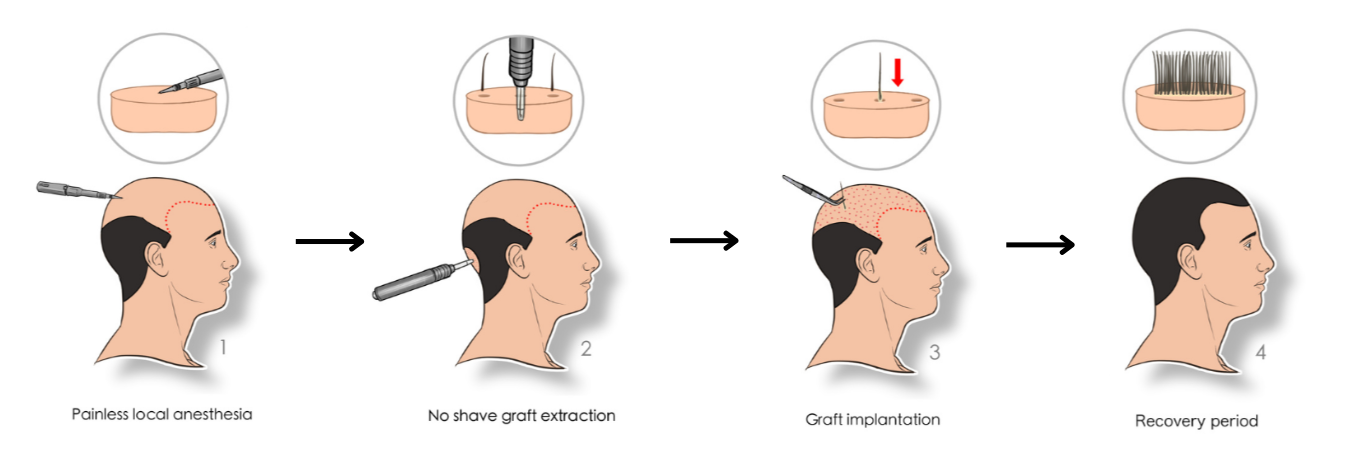
Hair grafting is a popular solution for hair loss. The procedure involves extracting hair follicles from a healthy donor area, usually at the back or sides of the head, and then transplanting them to the recipient area with thinning hair or bald patches. The process is minimally invasive and can give long-lasting results with proper care. Overall, hair grafting can be a great option for individuals looking to restore their hairline and boost their confidence.
How many grafts do I need for a hair transplant?
When it comes to treating hair loss, the amount of grafts required depends on the extent of the hair loss. This is usually determined by using the Norwood Scale, which classifies hair loss into different stages based on its severity. By determining the stage of hair loss, it’s easier to calculate the number of grafts needed for a hair transplant.
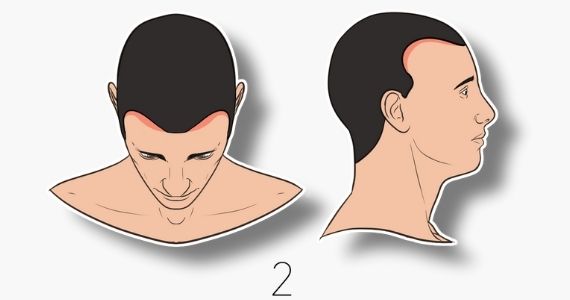
A hair graft typically contains between 1 and 4 hair follicles, with an average of 1.8 to 2.2 grafts per follicle. A total of 2,000 grafts will generally include around 3,600 to 4,400 hair follicles, which is usually enough to achieve the desired level of density. However, the number of grafts needed can vary based on the thickness, texture, and structure of the individual’s hair follicles.
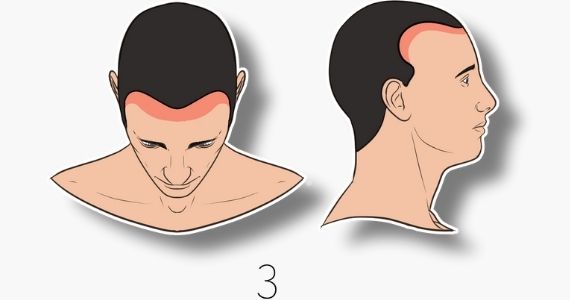
On average, the number of hair follicles that can be harvested from 3,000 grafts is sufficient to treat mild to moderate hair loss, with a range of 5,400-6,600 hair follicles.
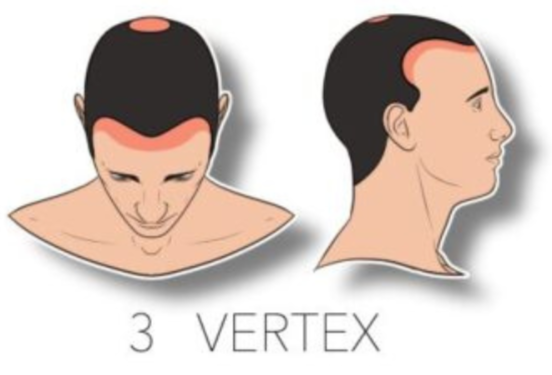
On average, 3,5000 grafts contain 6,300-7,700 hair follicles, sufficient to treat moderate hair loss.
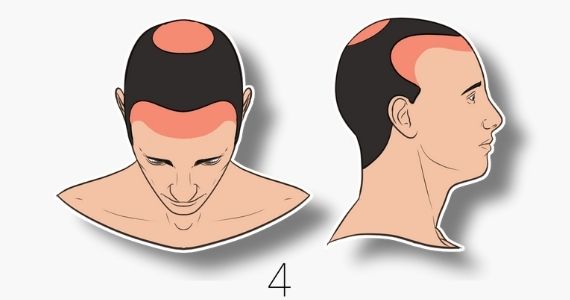
4,000 grafts are adequate to achieve high density on the full head. On average, 4,000 are roughly equal to 8,000 hair follicles.
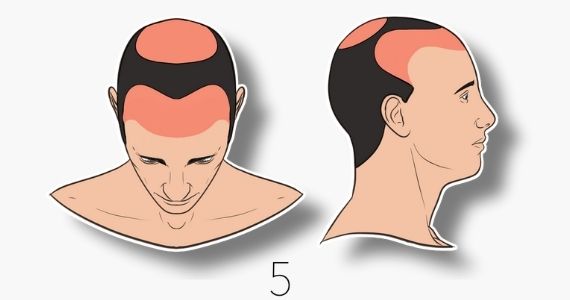
On average, 5,000 grafts contain around 10,000 hair follicles, which can be used to cover a wide area. However, extracting 5,000 grafts in a single session may prove challenging. Therefore, splitting the procedure into two sessions may be beneficial, depending on the hair structure.
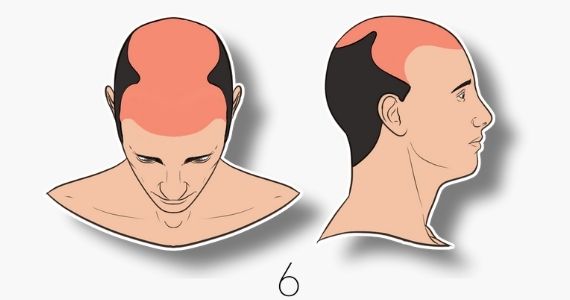
A 6000 graft hair transplant can significantly enhance hair density and result in a fuller appearance.
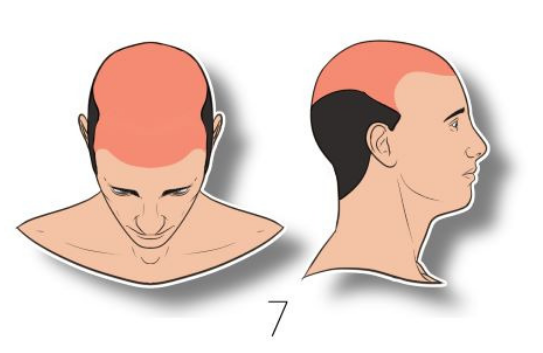
7,000 grafts hair transplants offer a permanent solution to treat extensive loss. However, the coverage area will depend on factors such as hair thickness, texture, and desired hairline design.
How much does hair grafting cost?
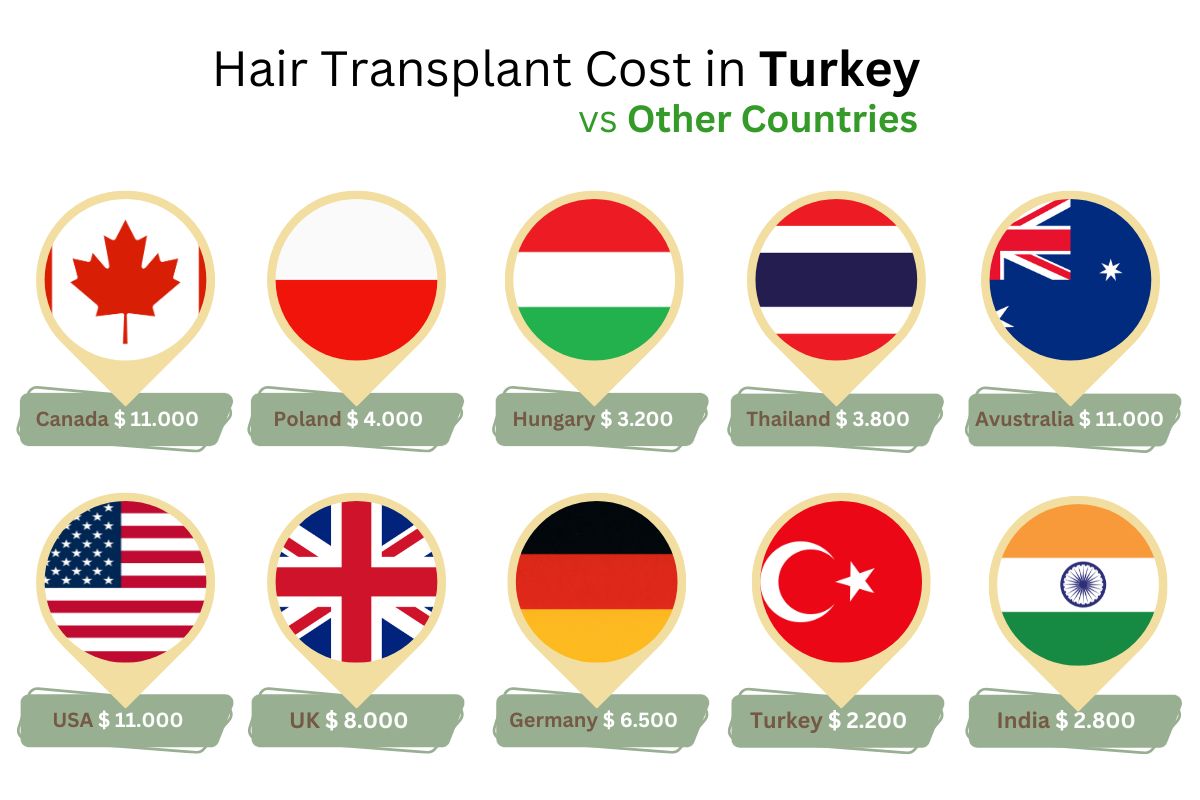
Hair grafting, also commonly known as a hair transplant, is a revolutionary procedure that offers long-lasting results for achieving density. However, due to the complexity of the procedure and the expertise required, the cost of hair transplant can be quite high. Nonetheless, if you’re looking for a permanent solution to hair loss, hair grafting could be a worthwhile investment in your confidence and appearance.
How much per graft hair transplant cost?
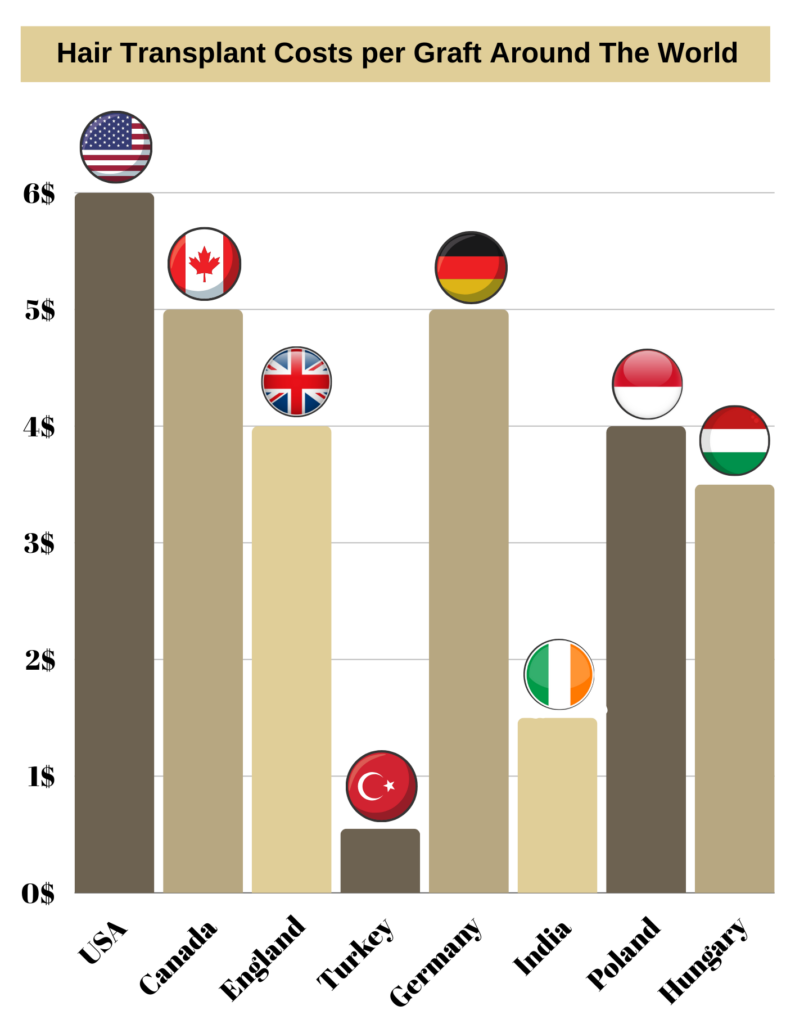
The cost of a hair transplant largely depends on the cost per graft. In many countries, the cost of a hair transplant is determined by the cost per graft, which can make it very expensive. However, in Turkey, the cost per graft is much more affordable, ranging from $0.4 to $0,8 on average. This is due to the low exchange rate of the Turkish currency and the affordable cost per graft, making Turkey a more viable option for hair transplant when compared to other locations such as the UK, USA, and European countries.
In the UK, the cost per graft ranges from $3 to $7, while in the USA, the cost per graft ranges from $5 to $13, not including additional costs such as transportation and accommodation. On the other hand, hair transplant clinics in Turkey offer all-inclusive packages, making it a much more convenient and cost-effective option.
How much does 1000 hair grafts cost?
1000 or 1500 grafts are suitable for beard or eyebrow transplantation. On average, a hair transplant procedure that involves 1,000 grafts can cost anywhere between $2,000 and $3,500.
How much does 2000 hair grafts cost?
For thinning crown, receding hairline and temples, 2000 grafts are sufficient for a hair transplant, which typically costs between $2,000 and $3,800.
How much does 3000 hair grafts cost?
In Turkey, 3,000 grafts hair transplant costs between $2,000 and $4,000, depending on the thickness, texture, and structure of hair follicles.
How much does 3500 hair grafts cost?
When it comes to treating moderate hair loss and achieving full density, a hair transplant procedure with 3,500 grafts help you to achieve desired density. In Turkey, the cost of such a procedure usually ranges between $2,200 and $4,000.
How much does 4000 hair grafts cost?
In Turkey, the cost of a 4000 grafts hair transplant procedure can vary between $2,200 to $4,000. However, the final price may differ depending on each individual’s specific condition.
How much does 4500 hair grafts cost?
When it comes to achieving a fuller scalp with higher density, a 4,500-hair transplant is often sufficient. On average, this procedure costs between $2,300 and $4,000.
How much does 5000 hair grafts cost?
When you have an adequate donor area, it is possible to achieve a fuller and denser appearance on the full head with 5,000 grafts. On average, this procedure may cost between $2,400 to $4,000.
How much does 6000 hair grafts cost?
Typically, 6,000 grafts are enough to treat extensive hair loss, and the procedure is usually performed in two sessions. On average, a hair transplant with 6,000 grafts may cost between $2,500 and $4,000.
How much does 7000 hair grafts cost?
When hair loss reaches a stage where 7,000 grafts are required, it is considered to be at the highest stage according to the Norwood Scale. To perform a successful 7,000 graft hair transplant, it requires a great deal of expertise and precision. This is why it is usually done in two different sessions to ensure safer and more effective results. On average, a 7,000 graft hair transplant may cost between $2,500 to $4,200.
What does a dislodged hair graft look like?
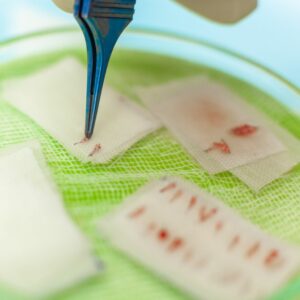
After a hair transplant, it’s crucial to take care of the newly transplanted hair grafts. You need to avoid any interactions that may harsh hair grafts to settle on the recipient area. The hair follicles that have just been transplanted need time to settle and take root, and any rub or scratch may dislodge them. If a hair graft is dislodged, it can lead to bleeding, swelling, and visible holes.
It’s essential to note that some degree of shedding and temporary redness is normal in the days following a hair transplant procedure. However, if you notice dislodged hair grafts after hair transplant or if you are experiencing unexpected issues, feel free to contact our aftercare hotline. Our team of experts will be happy to assist you and provide the necessary guidance to ensure a smooth and successful recovery.
How easy is it to dislodge hair grafts?
Freshly transplanted hair follicles are extremely delicate and can easily be dislodged, particularly during the first week after the procedure. Even a minor injury can compromise hair grafts and dislodge them in this period. After hair grafts are dislodged, they get less likely to dislodge. Therefore, it is crucial to follow the guidelines provided by the experts to ensure a safer and more effective recovery process.
Can you lose grafts after a hair transplant?
Even it’s rare, it’s possible to see hair grafts fall out after hair transplant. However, it can happen due to several reasons. The most common reason is graft rejection, which occurs when hair grafts fail to settle in the recipient area. This is often the result of a botched hair transplant procedure.
Improper aftercare can also cause hair grafts to fall out. Accidentally bumping or hitting the transplanted area can dislodge the hair grafts. Therefore, it’s crucial to be cautious and protect the area from any physical impact.
To achieve the best results, it’s essential to identify the cause of hair loss after the procedure and treat it accordingly. By doing so, you can prevent further hair loss and ensure a healthy hair transplant recovery process.
How long after hair transplant are grafts secure?
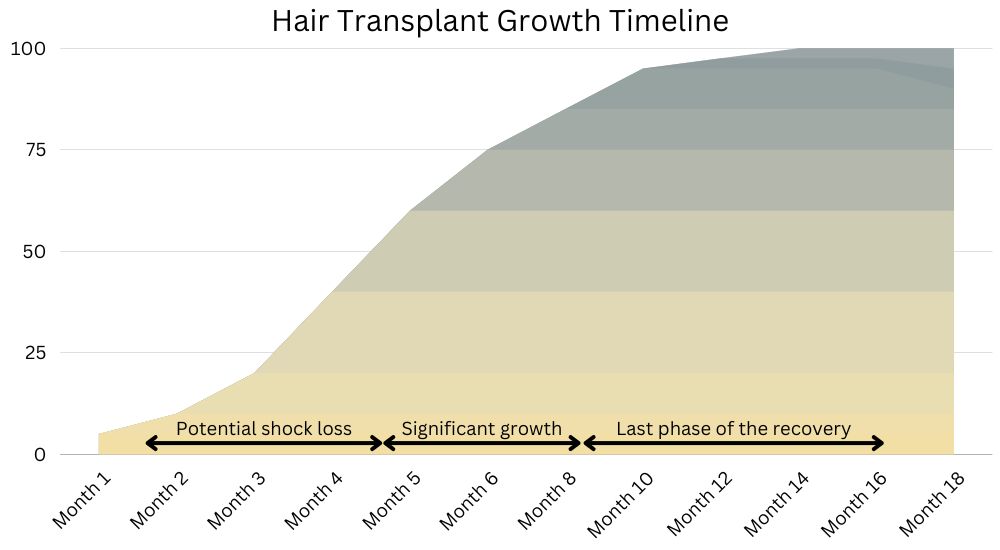
Arter a hair transplant, it is important to give sufficient time for the hair grafts to properly secure to the recipient area. Typically, this process takes around 10-14 days to settle, but it may vary depending on the structure of the hair grafts and the aftercare regimen followed.
Are hair grafts secure after 5 days?
About 5 days after a hair transplant, the grafts start to settle. However, this process needs to be handled with care. It’s important not to rush it since the hair follicles are still in the early stages of settling. It’s crucial to let them grow at their natural pace to ensure that they establish properly.
How many grafts survive after hair transplant?
With proper care up to %90-%95 of transplanted grafts survivee after hair transplant. However, it’s crucial to keep in mind that the survival rate of the grafts highly depends on the quality of the hair transplant procedure and the experience of the surgeon. Therefore, it’s essential to choose a highly skilled and experienced surgeon to ensure the best possible outcome for your hair transplant.
Do hair grafts grow back?
Yes, hair grafts grow back after a hair transplant when they are transplanted successfully. The growth phase of hair grafts begins after the transplanted hair grafts are settled in the recipient area and the shock loss has occurred. After the shock loss, hair grafts will grow in their growth cycle.
Choosing a qualified surgeon is a must have to get the best results from the procedure. Hair transplant is a comprehensive process with its before and after. At Vantage Hair Clinic, we comprehend that hair transplantation can be a life-changing journey for our patients. Therefore, we offer inclusive packages that are both affordable and high-quality, ensuring that our patients attain the best possible results with the assistance of our experienced medical team. Come experience the perfect blend of expertise, affordability, and quality by choosing Vantage Hair Clinic. Click the button below to connect with our medical consultants.
FAQs About Hair Graft
Is hair grafting permanent?
Hair transplant methods offer natural-looking and permanent results. However, to ensure thepermeability of the procedure, it’s essential to choose a qualified surgeon who has experience in performing hair transplants. Additionally, giving proper aftercare to your hair transplant is essential for a successful outcome.
Does hair grow on skin grafts?
It is unlikely for hair to grow directly on a skin graft. While a skin graft can help with wound healing and provide a protective barrier, it typically does not include hair follicles. If you have had a skin graft procedure and are considering a hair transplant, it is important to have these done separately. It is also important to choose a qualified surgeon for a hair transplant on skin grafts, as this procedure requires expertise. With proper care and attention, hair follicles may grow in skin grafts after a hair transplant.
Author of Article:
Vantage Hair Restoration Istanbul Turkey
Instagram | Google Business Reviews

